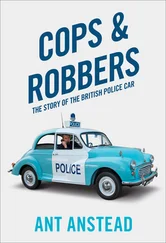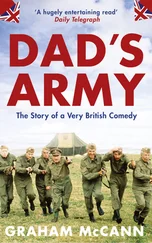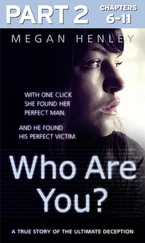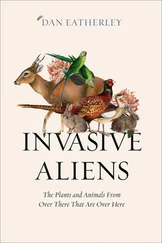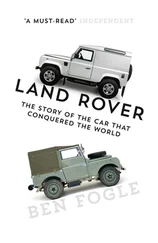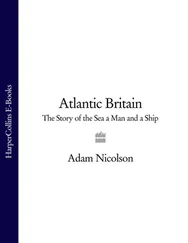I carried with me into the police a great affliction. I was a petrol-head, and the truth is I always have been. From my days pushing Corgi toys around the carpet as a four-year-old, I turned to Lego as a boy and at the age of 14 made my own go-kart from a lawnmower I bought at a flea market. I paid £2 and dragged it the three miles home before taking it apart and putting the engine into a wooden chassis. I never did get it working. I built my first car when I was 16 and bought a vermillion orange MG Midget the moment I passed my test at 17. Cars were where it was at for me. At an early age I was totally and utterly besotted with the looks, sounds, smells and shapes of cars. I had it bad! I could recognise every car on the road and I yearned to drive them. In fact, it was the cars used in police dramas on TV that also helped steer me into policing – who doesn’t love Bodie and Doyle handbrake-turning a Capri (see chapter fifteen on film/TV police cars) and who wouldn’t want to be them when you are 12 years old? I certainly did.
The British police’s relationship with the car and the motorist has at its very heart a central issue that is both contradictory and conflicting. When policing and motoring were both in their nascent stages, PCs were set to catch this new breed of people, the motorists, who were terrorising horses and the public with their frightening and, frankly, it seemed, death-defying 15mph machines. Horseless carriages (the term ‘car’ did not catch on until the early twentieth century) would be an increasingly common feature of UK life for some years before the police started thinking about using them as tools themselves.
Since then the, car has become essential to everyday life. However, it has also become a source of friction between the police and the public. Think about it; if you get burgled or attacked, the police action in catching the criminal and putting them behind bars is supported by 99.9 per cent of the public, but if a traffic cop pulls someone over for doing 83mph on the M1 at 3am, that person is quite likely to feel aggrieved, even though they have, pure and simple, broken the law, just as a shoplifter has. Society’s attitudes still mean that the speeding driver is quite likely to moan about the police to their friends and family, or even on social media, in a way that would be unacceptable for a burglar or mugger, almost as if motoring offences are kind of accepted. The number of times I pulled a car over and I was met with ‘Have you not got anything better to do?’ was alarming. And I’ll let you into a secret. The police feel some sympathy with that, too, because most cops love cars!
Motoring, whether it’s dealing with driving offences or clearing up accidents, represents the vast majority of UK police interaction with the public and is the biggest cause of friction, too. Yet deep down everyone loves a police car, even when they have been done for speeding! Whether it’s a Wolseley cornering on its door handles at 25mph, a Senator spearing down a motorway, or a Morris Minor Panda, the cars used by the police take on a special quality, so much so that countless enthusiasts collect model police cars in different liveries and particular legendary police cars have become part of the nation’s shared consciousness.
That love for the police car and the men and women who drive them is exactly what this book investigates and celebrates.
And, like many people today, I share that love affair with the Great British police car.

There have been a number of stand-out moments during my time as a police officer. I joined in what I can only describe as a period of ‘pre-red tape’. Lots of crazy stuff happened. While the police service brought me great enjoyment and I experienced some incredible events, I also saw great hurt and sadness. People can be damaging to each other, and I have witnessed at first hand the very worst of human behaviour. Researching this book and revisiting this period of my life has brought back many positive and negative memories, but I will share with you just a handful of those lighter memories, which whilst writing have made me laugh out loud and cry at the same time. The truth is, in the years I spent in the police, most of those stories are unrepeatable in a book celebrating police cars, and some events I have simply emotionally moved on from, blocking them from my mind. I was young, and revisiting this period in my life has made me reflect on the small impact that I made on public safety and that quite often the day-to-day role of the police officer needs to be secret. In truth, the public cannot know, and I think deep down they don’t want to know, what it is that the police really do.
When I joined, a senior officer described being in the police as 95 per cent mundane boredom and 5 per cent total utter fear. And in some ways he was right. As an officer of Hertfordshire Constabulary I spent the early part of my career in the affluent, rural area of Bishop’s Stortford. Staffing levels were so low I spent the majority of my two years there policing solo. The public perception was that there was a whole army of police officers patrolling the streets. Truth is, there were often only three of us. Three! Covering an area from the Essex border to the east, Cambridgeshire border to the north and as far south as Ware, the town in which I lived. This huge amount of space was known as part of ‘A Division’.
A Division was so vast that to police it effectively we needed to drive – quickly! Hertfordshire Police allowed you to drive cars based on passing various levels of driving qualifications. The entry level driving qualification was known in-house as a ‘G Ticket’. Pass this basic test and you can drive a marked police vehicle – but that’s all: no blue lights, no rapid response and certainly no car chases. It was simply a marked police taxi to get from A to B. I spent many months policing Bishop’s Stortford on a G ticket, and I remember the car of choice fondly, my first ever police car. It was a P-registered Vauxhall Astra – the rubbish one with rounded rear end and awful plastic bumpers. It had grey velour seats with that familiar generic car pattern, and the heater didn’t work. It was the most basic of cars, with a single cone blue light on the roof. This car was slow – so slow – but it got me around my patch brilliantly, never missed a beat. Boy, that car could tell some stories …
There’s something remarkable about driving a police car. It stops everyone. People stare, people behave differently, people certainly drive differently when near a marked police car. I became all too familiar with the varying degrees of public reaction and relied on that response when policing. The car, and of course the uniform, became my asset every day. The car itself became a tool for me in so many different ways; it carried a vast amount of items, it blocked roads when needed, and it became an ambulance when called upon, a refuge for victims, a safe place for informants, an escape when in danger and even a weapon when all else failed. It felt like an armoured vehicle because of everything it stood for, yet all it had was a badge on the door and a blue light on the roof – a blue light I couldn’t even use! For me it was what the car represented that made it invincible. I drove that car across every inch of A Division. I got to know my patch so well, and got to know its residents, too. In the UK we are very lucky; we police with consent, with the majority of the public behaving like law-abiding citizens and crime being committed by a small minority. It meant I saw the same offenders over and over. I got to know them, and they got to know me, too.
Читать дальше



